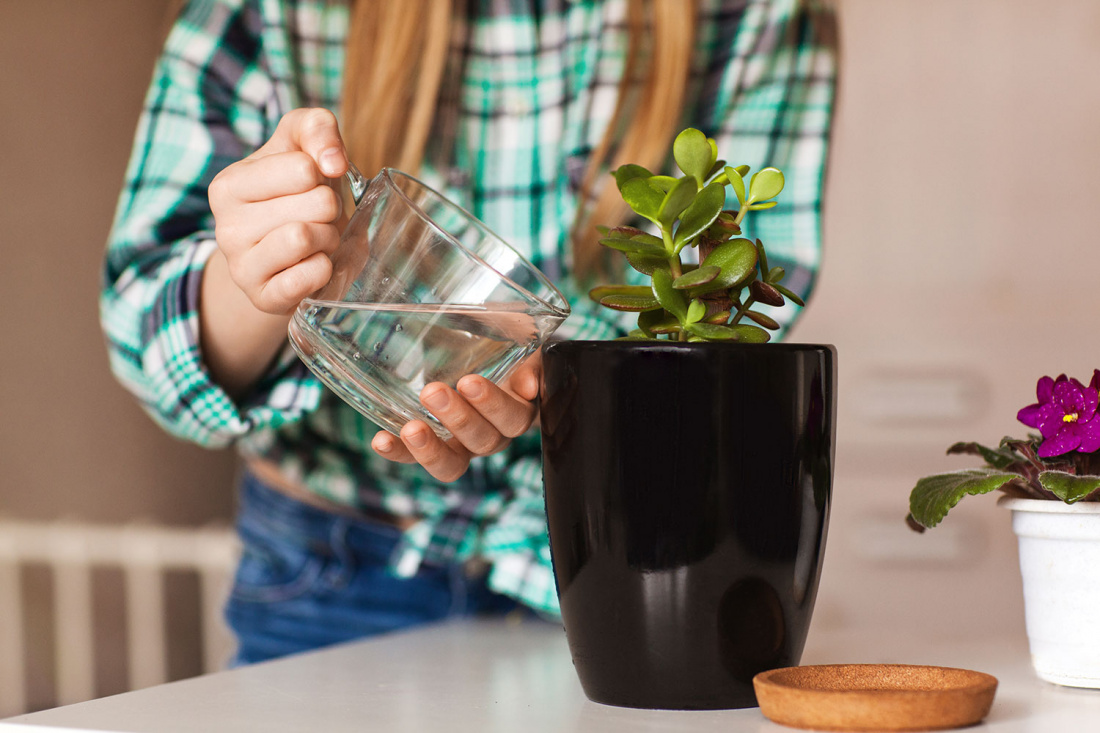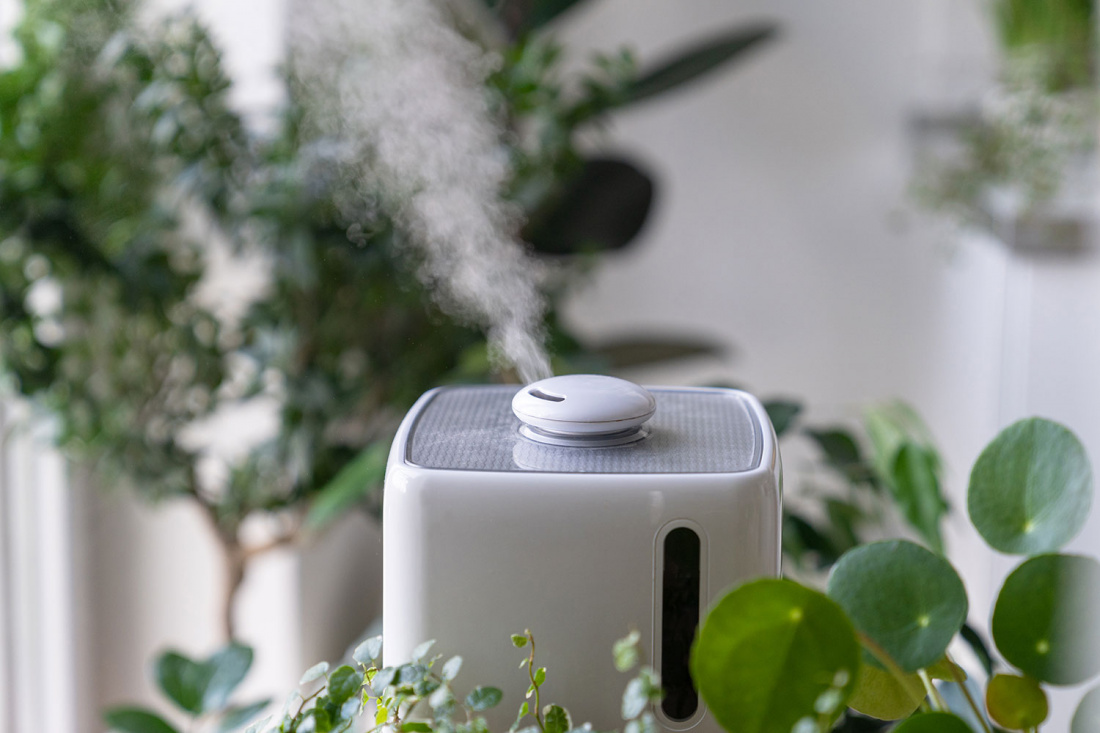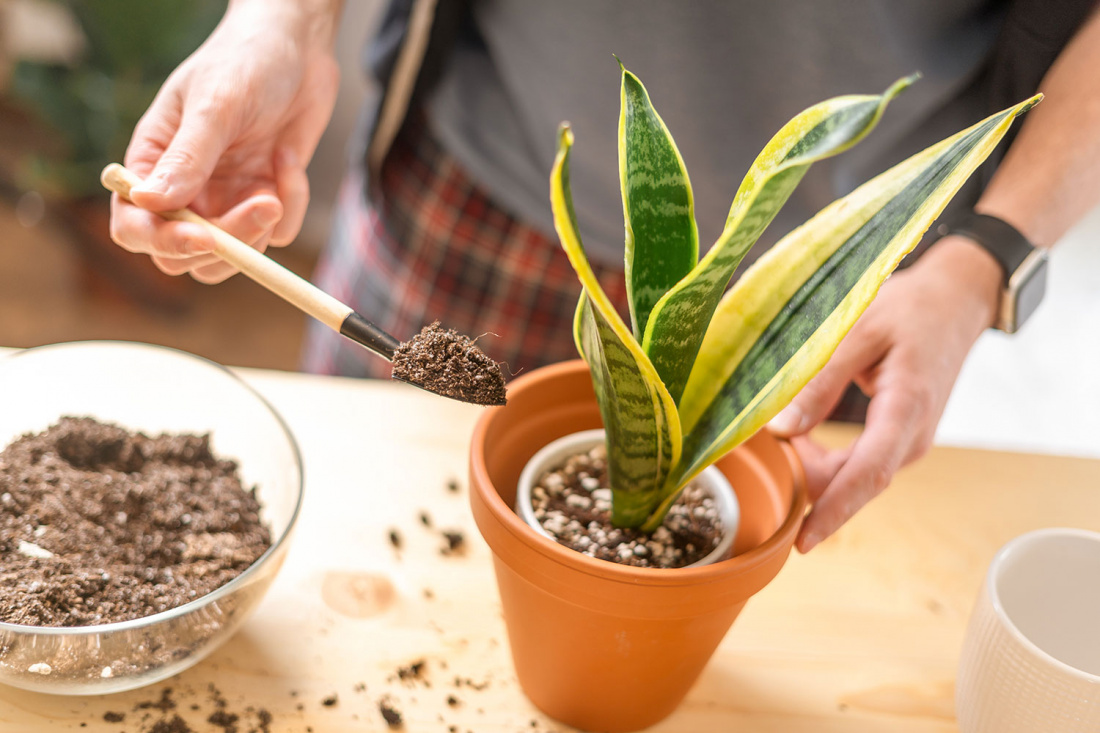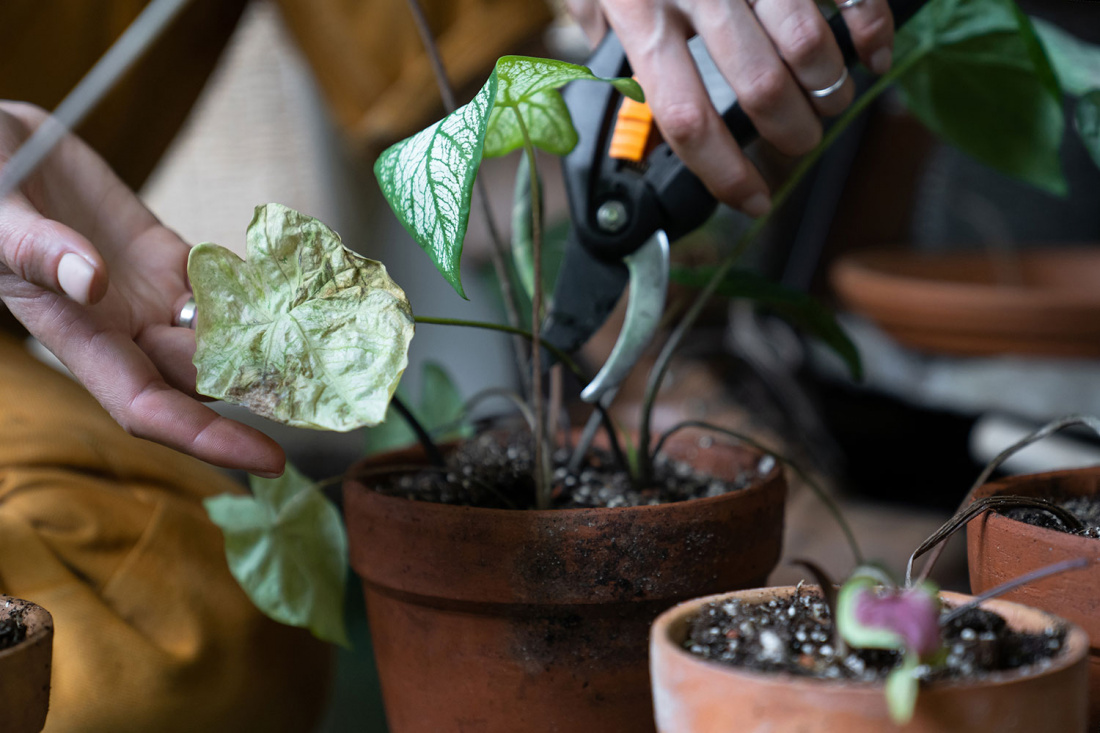While plenty of homeowners are inspired by the prospect of indoor gardening, it's not a simple task.
Seasonal changes, vary humidity needs, and climate incompatibility are just a few of the obstacles home gardeners face.
So how can you ensure that your plants are as healthy as can be? What tips can you use to secure your green thumb?
If you take the time to understand these answers, your plants will thank you with beautiful, thriving leaves and a boost of indoor air purification.
By using the five key indoor gardening tips below, you'll help yourself do just that!


1. Clean Your Plants
It can be difficult enough to get enough indoor garden light in. However, it's crucial that you do so for plants to be able to perform photosynthesis so that they can thrive and be healthy.
But when you let them get dusty and dirty, you're only preventing them from being able to photosynthesize. That's because dust and debris create a layer that obscures plants' ability to absorb light, which is crucial for photosynthesis.
To remedy this potential pitfall, perform regular and light cleanings of all your indoor plants. Here's how to do that:
- With a wet rag, gently wipe down leaves, stalks, etc
- You can also put the entire plant in the shower for a more thorough clean
- Clean your windows to let in as much light as possible

2. Don't Overwater
All plants need water to thrive and survive - but it's also very easy to overwater your plants. Not only that, but different plants have different watering needs. When watering your indoor gardens, it's crucial that you do so with balance.
For example, desert-friendly plants have much better water retention abilities than other plants. That's why they don't need to be watered as much as other plants.
If you do overwater your plants, you could do more harm for your plants than good. Too much moisture can produce mold, mildew, and fungi, which can induce disease and sickness in your plants.
Luckily, there are several methods you can employ to prevent overwatering. First, you should conduct proper research to ensure you're watering your plants with the appropriate amount and frequency. But you can also use a few tips such as:
- Adding drainage holes
- Switching to terracotta containers that allow evaporation
- Rinsing plants regularly

3. Ensure Humidity
Some plants don't need a ton of humidity to thrive. But many types of plants suffer a lot more easily without it.
That's because plants don't only absorb moisture through their roots. Their leaves, stalks, etc are all porous, just as humans are. And just as humans thrive from a certain level of humidity, so do plants.
Once again, it's best to do your research beforehand on your plant's species and their humidity needs. Of course, you may realize that your climate does not adequately address these needs. If that's true, you can better ensure that your plants enjoy optimal humidity levels by:
- Setting up a humidifier nearby
- Using a terrarium
You can also group together plants that need high levels of humidity. This way, they can transfer moisture to each other through a process called transpiration. Using this method can ensure that your plants enjoy adequate humidity without a ton of extra work.

4. Refresh Your Soil/Repot Plants
It's important to refresh your soil every 12-18 months. That's because your soil will slowly be depleted of nutrients, which will prevent your plants from being well-nourished.
So even if you think this process is a hassle, understand that it's crucial for your plants' longevity. By refreshing your indoor garden soil, you refresh your plants' nutrient supply and prevent them from being susceptible to disease and decay.
While you refresh your soil, you should repot your plants to different containers for houseplants if need be. As your plants grow, their environmental needs will change as well. If their roots are getting longer and the plant is getting bigger overall, it doesn't make sense to restrict them to the same pot that they started out in.

5. Cut Away Old Growth
Watching your plants grow and thrive is an extremely satisfying experience. But there is a point when plants' growth can only go so far. Instead of allowing your plants to get out of control, give new growth a chance to sprout through by cutting away old growth.
Not only will this make your plants look better-trimmed, but it will also improve the health of your plants. It helps keep pests and diseases at bay and maintains a better overall health profile.
Pruning your plants through proper methods is highly beneficial for both aesthetics and health. You can also pick off yellowing and/or dead leaves which might otherwise encourage decay to the rest of the plant.
It's best to do this during the spring and summer months. After pruning away old/decaying growth and dead leaves, discard them in a separate bin. Otherwise, keeping decay of these old leaves within the plants' containers may encourage disease.
Elevate Your Indoor Gardening Technique!
While indoor foliage always looks stunning, maintaining your plants isn't always intuitive, especially for beginners. But even if you're not a beginner, there's always a better way to let your flora thrive!
That's why at Garden & Bloom, we're dedicated to giving plant enthusiasts the best gardening tips. If that sounds like you, then give our Plantabase a whirl! With this comprehensive plant database, novice and experienced indoor gardening enthusiasts alike can improve their knowledge and care techniques.

